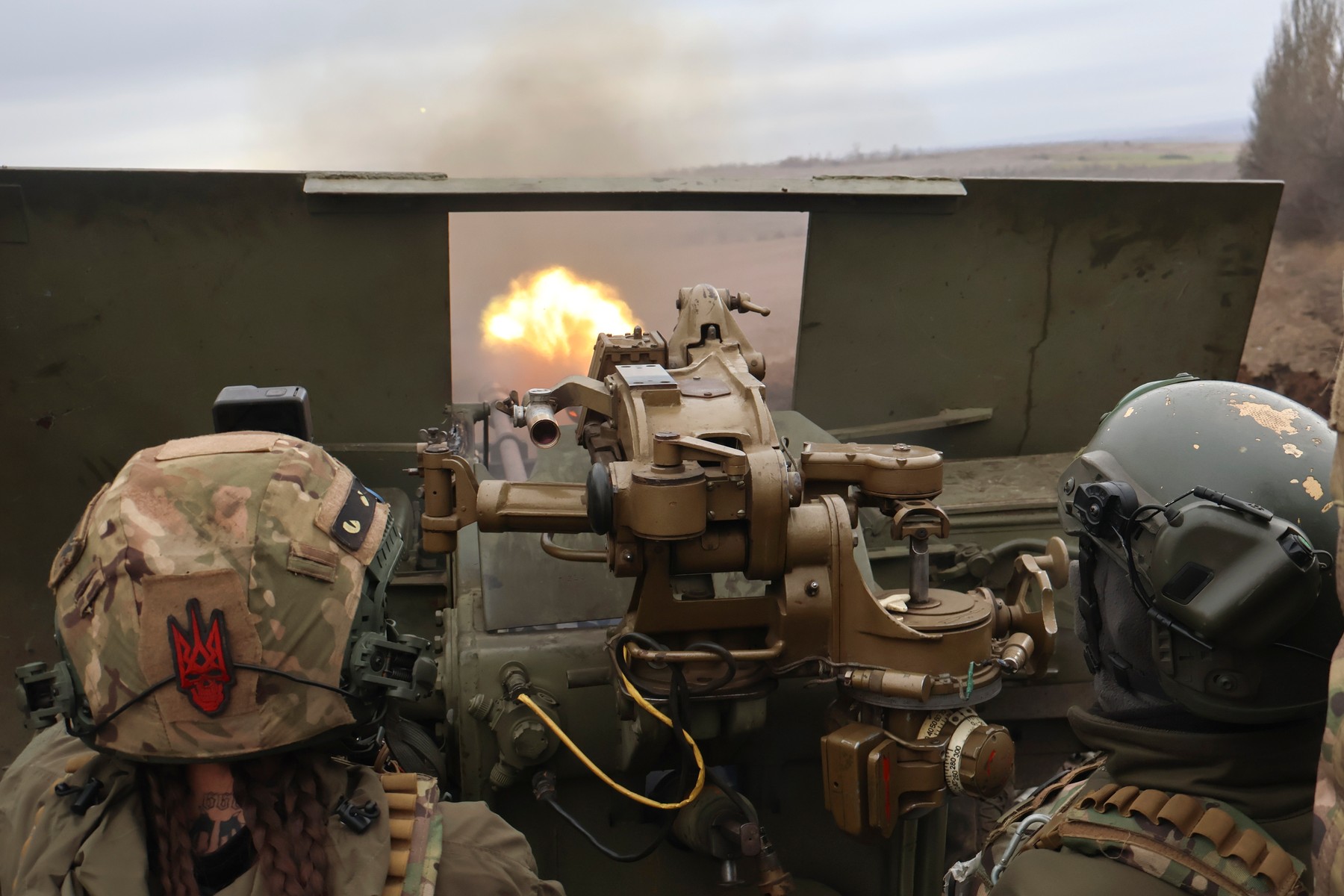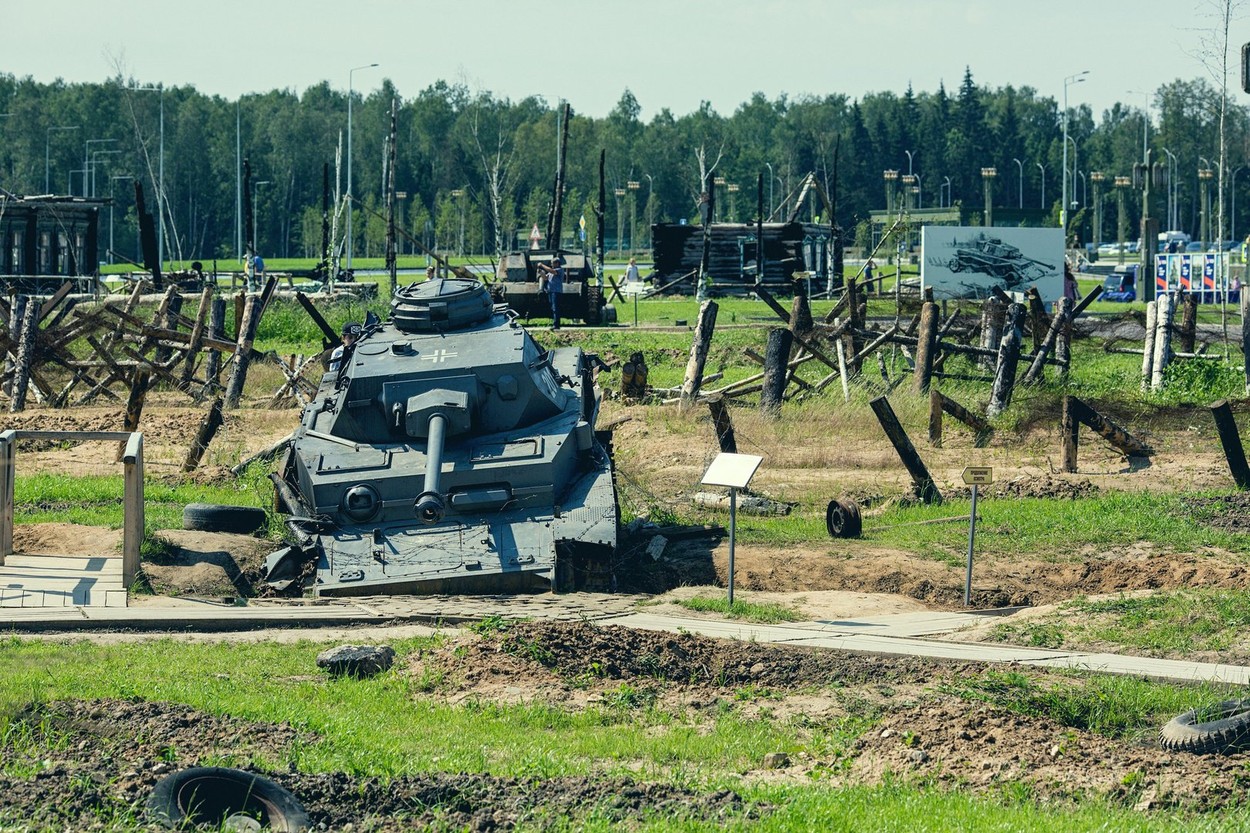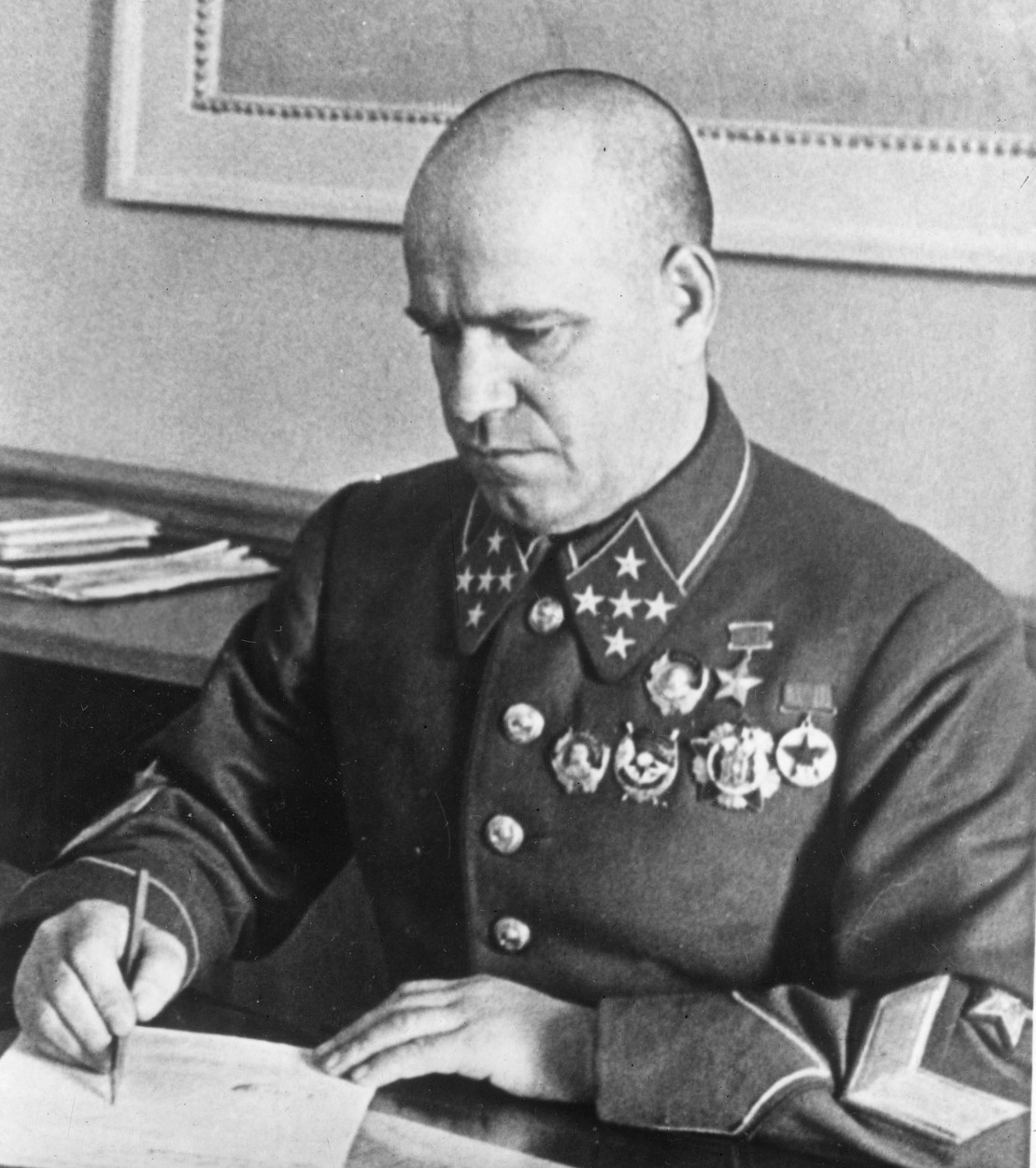
In the conditions of fierce battles that have been going on for several months for the small town of Bakhmut between the Russian occupiers and the Ukrainian army, numerous military experts express their opinions on the outcome of the bloody confrontation. Despite the propaganda from both camps, the opinions of experts differ quite strongly.
It is obvious that the Kremlin’s rhetoric envisages a second Mariupol, referring to the encirclement and subsequent occupation of this city by Russian troops last year. At the same time, Russian sources deliberately ignore the huge losses not only of the Wagner PMC mercenaries, but also of their regular troops.
By all indications, the Kremlin wants to give victory to Russian public opinion, so that it can somehow justify the disproportionate human and material losses in connection with the questionable strategic importance of Bakhmut.
At the same time, Ukrainian sources talk about the “human wave” tactic used by the Russians, who apparently lose 50 people for every 100 meters gained.
There are opinions that Ukrainian leaders are aware of the need for the Russians to declare a sure, tangible victory, and are using this to consolidate numerous Russian units in this area. Given that the urban environment is known to be a nightmare for attackers, but favors those who show up, the losses of the Russians are understandable.

Ukrainian soldiers at the front in Bakhmut (Roman Chop / AP / Profimedia)
Another school of thought claims that the elite Russian units drawn up to this territory should be used to the limit to make them unusable for a possible summer offensive of Ukraine, following the pattern of what happened last fall, when they liberated Kharkiv and Kherson.
In order to try to assess the situation fairly accurately, let’s turn to the past, recalling several specific cases when the encircled troops, who fell into a “pocket”, succeeded or, on the contrary, did not break out of the encirclement. .
“Pocket” near Demyansk, when the German troops were secured and broke through the encirclement.
The encirclement of the Germans around Demyansk was a direct result of the Soviet offensive that pushed them away from the outskirts of Moscow in late 1941.
German units, exhausted by the fighting of the summer and fall of 1941, overstretched their supply lines, and the Russians took advantage of this and brought in new divisions from Siberia. This not only stopped the Germans from trying to occupy Moscow, but also forced them to retreat.
Beginning in January-February 1942, the Soviet High Command set a trap for Army Group North. General von Leeb, the German army group commander, recommended a strategic retreat, realizing the Soviets’ intent, but Hitler refused. which he resigned.
His prediction came true, as of February 8, about 100,000 Germans (or more precisely, six divisions) were surrounded.

World War II reconstruction Photo: Borys Zhitkov / Alamy / Alamy / Profimedia
The Soviet troops, in particular the 11th and 34th Armies, led by Generals Vlasov and Korotsikin, had a hard time keeping the Germans in check from the very beginning. It should also be noted that the famous 3rd SS Panzer Division “Totenkopf” is also surrounded, which significantly increased the combat power of those in the “pocket/bag”.
Starting from the second half of February 1942, the supply of the encircled could be carried out only from the air. However, having two airfields at their disposal, the Germans did not experience a shortage of provisions, and could also evacuate the wounded.
This was also due to the fact that the Russian aviation could not establish its dominance in the air in this direction.
At the same time, from outside the encirclement, General Walter von Seydlitz-Kurzbach, commanding forces consisting of three divisions, managed to break through the Soviet encirclement and create a corridor about 7 kilometers wide through which the troops could be evacuated. .
Although the losses of both sides could not be precisely determined, specialists still believe that the result of the fighting was a strategic victory for Germany, since the Russians failed to take advantage of the advantage they had.
Here we have a vivid case when the encirclement did not lead to the achievement of the goal, which can be explained by the fact that the troops in the “pocket” were constantly supplied, and the evacuation of the wounded could be carried out in an organized manner. a way that did not lead to a drop in morale.
The Cherkasy-Korsun “pocket”, or how they avoided the second Stalingrad
At the beginning of 1944, the German army on the Eastern Front was on the defensive after the defeat at Stalingrad (the year before), and especially after the indecisive outcome of the Battle of Kursk in the summer of 1943, which was Germany’s last major attempt to seize the initiative against the Soviets.
In January 1944, the brilliant Russian general Zhukov realized the extremely dangerous situation in which the German 11th and 42nd army corps were. The front line, which mostly ran along the Dnieper, described an entrance of about 100 kilometers in the area of these parts.

General Zhukov (photo:- / ČTK / Profimedia)
Zhukov will develop a plan according to which the 1st and 2nd Ukrainian Fronts, led by Generals Konev and Vatutin, will capture the fragile German defense like a pincer. When the Russian troops passed the junction, Zhukov solemnly promises Stalin that the Germans will not escape.
In the “pocket” there were six German divisions, to which were added Russian auxiliary units, as well as SS elements from the Belgian division. It should be noted that the strength of the German divisions was significantly reduced by previous losses, so that there were about 60,000 fighting men in the encirclement.
The German commander of Army Group South, Erich von Manstein, realizes the desperate situation in which the surrounded troops find themselves, and will give the order to break through the encirclement, while trying to penetrate from the outside, despite Hitler’s order that the troops hold their positions. positions
The encircled units were really in a border situation, air supply was impossible, as the Russians held the dominance in the air.
The breakthrough will be successful, but the German troops suffered heavy losses, the retreat was chaotic, often with dramatic accents, the commander of the encircled troops, General Stemmermann himself, died while leading the rear guard defending the retreat. Many Ukrainian civilians fled with the Germans, fearing Soviet reprisals.
It is impossible to establish the number of losses, there are only Soviet data, which give a figure of about 50 thousand dead or captured Germans. On the other hand, as today, Russian messages should be treated with extreme caution.
In conclusion, it can be said that the surrounded army will be able to break the pincers under certain conditions. Here we have in mind the freshness of the troops, the possibility of obtaining supplies, but also the very important aspect of the attacker should not be neglected. Thus, if he makes tactical mistakes, the mission is made easier.
Literature:
- David Glantz, Jonathan M. House, When the Titans Clash. How the Red Army stopped Hitler
- Brian Perrett, Knights of the Black Cross, Hitler’s Panzerwaffe and its leaders
- Douglas E. Nash, Gates of Hell: The Battle for the Cherkasy Pocket, January-February 1944.
- Thomas Padgett Manstein: His Campaigns and His Trial
- BH Liddell Hart, The Way to Winning Wars
- BH Liddell Hart, History of the Second World War
Read other articles on this topic written by Andrii Stan:
- Witold Pilecki, a Polish hero whose memory the Russians want to erase
- The real story of the hit TV series “Valley of Sorrows” / A war in which Israel could be wiped off the world map
- Why are Russians afraid of Leopard-2 tanks? / The T-90 tank or where Russia went wrong
- “Uranus”, a very successful operation of the Russians near Stalingrad / Try the Kremlinthe same strategy for Kyiv?
- Why the Battle of Bakhmut is remarkably similar to the Battle of Verdun
- Operation “Maritsa” or the real reason why the Germans did not occupy Moscow
- “White shirt attack”, one of the most glorious and crazy Romanian military actions
- The military campaign of the Russians, which was a resounding success. The history of the counteroffensive, which was the basis of the German blitzkrieg
- The battle in which the Russian general sent 11 thousand Romanian soldiers to their deaths
- “Not a step back”: the famous Stalin’s order 227 and blockade special forces
- Battle of Wizna or “Polish Thermopylae”
- The story of Andriy Vlasov, Stalin’s successful general who defected to the Germans: Traitor or anti-communist?
- Who was Stepan Bandera: a hero for Ukraine, a terrorist for Russia/ Putin mentioned in his speech on Victory Day
- Lend-Lease or how the USA helped Russia not to disappear
- The Ukrainian genocide that Russia would like to forget
- Russia’s behavior then and now: from Katyn to Buchi, or how Russian propaganda tries to change history
- The Battle of Turtukaia is one of the most shameful defeats in the history of the Romanian army
- The history of two Chechen wars: Russia “wanted” and then “quick and clean” intervention
- Why the blitzkrieg of the Russians in Ukraine failed
Source: Hot News
Ashley Bailey is a talented author and journalist known for her writing on trending topics. Currently working at 247 news reel, she brings readers fresh perspectives on current issues. With her well-researched and thought-provoking articles, she captures the zeitgeist and stays ahead of the latest trends. Ashley’s writing is a must-read for anyone interested in staying up-to-date with the latest developments.